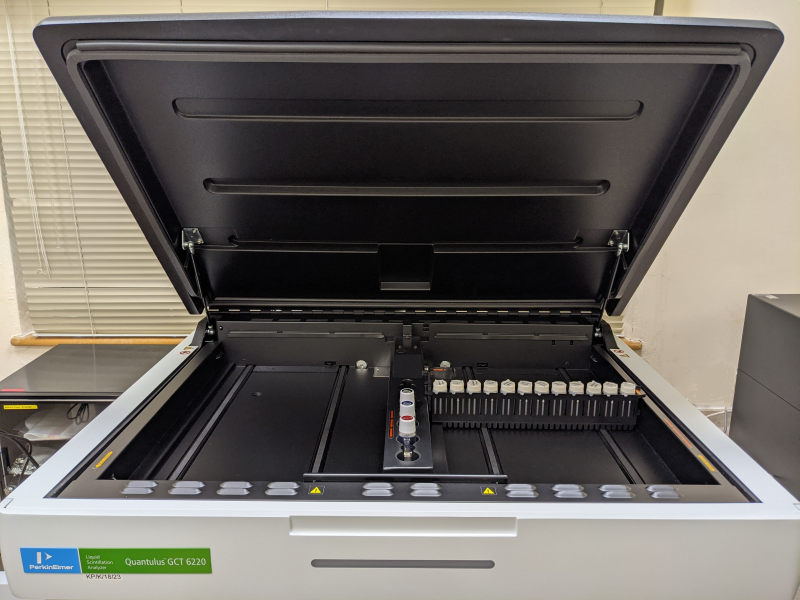Monitoring of Tritium
Monitoring of Tritium
KONG Yu-chau
July 2021
What is Tritium?
Tritium is a radioactive isotope of hydrogen. It occurs naturally when cosmic rays interact with the atmosphere, and can also be generated in anthropogenic activities like nuclear industry, scientific research and nuclear weapon tests in the early years. It mainly exists in the form of water molecules together with oxygen and is distributed in the environment through the water cycle in the atmosphere. A low energy beta particle is released in its decay process. Currently, apart from the remnants from past nuclear weapon tests, tritium is mainly produced from natural origin with an annual estimate of about 7 x 1016 Becquerel, or 70 PBq[1-2].
How to measure Tritium?
The Observatory embarked the “Environmental Radiation Monitoring Programme (ERMP)” in the 1980s to monitor the environmental radiation levels in Hong Kong. The programme includes a number of radiation monitoring activities, one of which is to collect environmental and food samples for laboratory analyses to determine their radioactivity contents. Among others, tritium is a radioactive substance being monitored. The Observatory focuses on water samples as well as the water content extracted from food samples to perform tritium measurements. Since the energy of beta particles released in tritium decay processes is relatively low, laboratory staff generally have to utilize a liquid scintillation counting system to perform the measurement. During the process, protons are generated through the excitation of scintillation liquids by the low energy beta particles. The system then captures the photons and produces an energy spectrum based on their intensity. By calculating the spectrum counts, the amount of tritium inside a sample can be determined.

Figure 1 Liquid Scintillation Counting System.
Measurement results
The emphasis of the ERMP is to monitor the long-term changes in the environmental radiation levels in Hong Kong. Based on the measurement results over the past years, no significant change is found in the amounts of tritium in various samples. Detailed results are available in the annual reports or summaries.